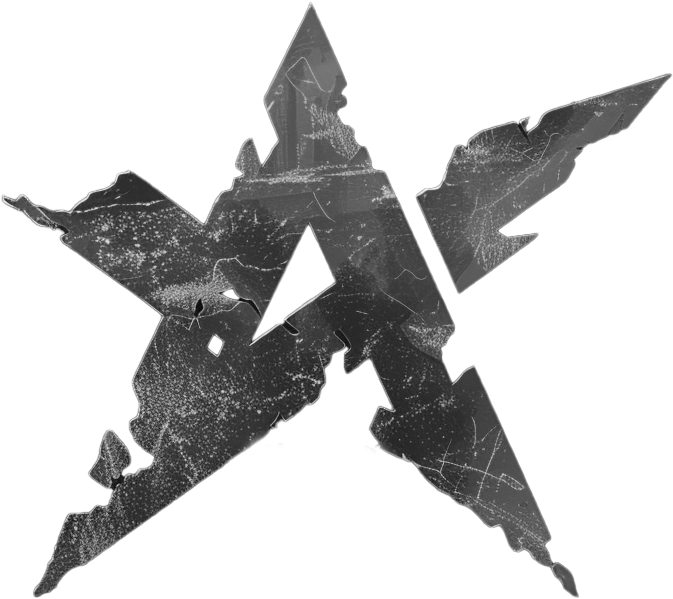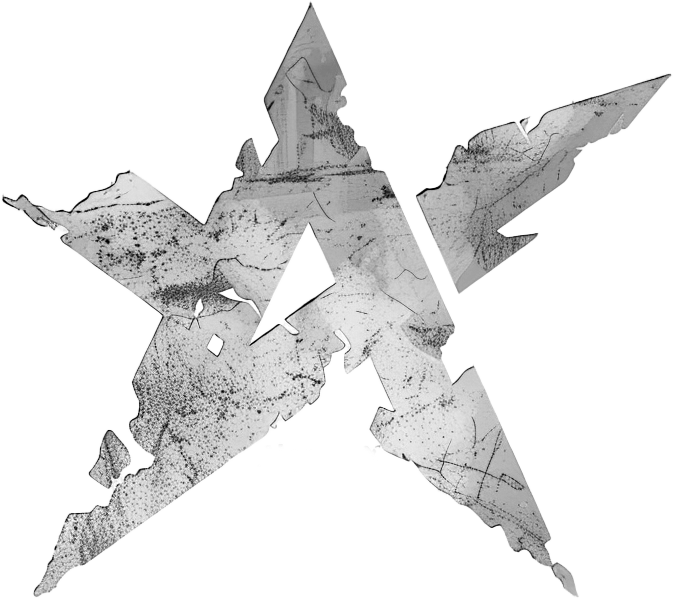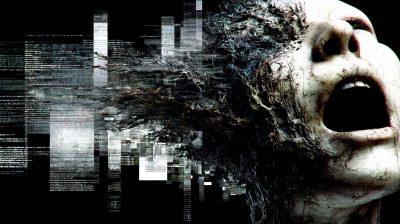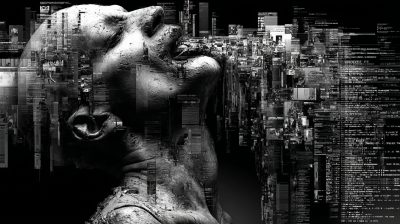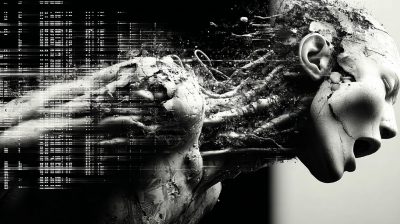Photorealism Is No Longer a Benchmark: Why AI Can’t Replace Photography
The Illusion of Photorealism in AI-Generated Images
For years, photorealism was considered the ultimate goal in digital art and design—proof that technology could replicate reality. But today, AI-generated images have reached a point where they can mimic photographs with unsettling accuracy. Does this mean AI should replace photography? Absolutely not.
Photorealism is no longer a meaningful benchmark for design or templates. Just because AI can produce hyper-realistic images doesn’t mean it should. The real challenge is understanding the fundamental differences between documented reality (photography) and generative imagery (AI), and using each for its intended purpose.
The Critical Difference: Documented vs. Generative Images
1. Photography as Documentation
A photograph is a recorded moment in time. It captures real light, real people, and real emotions. Whether it’s journalism, product photography, or personal memories, a photograph serves as evidence of reality. Its authenticity is irreplaceable.
-
Use cases:
-
Journalism & documentary work
-
E-commerce (real product representation)
-
Personal & historical archives
-
Scientific and medical imaging
-
When you replace a real photograph with an AI-generated image, you lose credibility. Consumers and audiences can sense when something isn’t „real,“ even if it looks convincing.
2. AI as a Generative Tool
AI-generated images are simulations, not documentation. They are built from patterns in existing data, meaning they reinterpret—not replicate—reality.
-
Use cases:
-
Concept art & mood boards
-
Surreal or abstract design projects
-
Prototyping and ideation
-
Advertising (when realism isn’t the goal)
-
AI is a tool for exploration, not a replacement for authentic imagery. Using AI effectively means recognizing its limitations—it can’t capture truth, only reinterpret it.
Why AI Is a Tool, Not a Replacement
Many brands and designers rush into using AI-generated images simply because they’re cheaper or faster than hiring a photographer. But this mindset is dangerous:
-
Loss of Authenticity: AI lacks the spontaneity and imperfection of real life. Overusing it makes brands feel sterile and impersonal.
-
Ethical Concerns: Misusing AI in journalism or advertising can mislead audiences.
-
Creative Laziness: Relying on AI shortcuts can stifle originality.
Instead of seeing AI as a way to replace photographers, we should use it to enhance creativity. AI can help brainstorm ideas, generate textures, or create impossible visuals—but it shouldn’t be used to deceive or undermine real documentation.
Moving Beyond Photorealism
The future of design isn’t about chasing photorealism—it’s about intentionality. We must ask:
-
Does this image need to be real? (Use photography.)
-
Does this image need to be imagined? (Use AI or illustration.)
Photography and AI serve different purposes. One documents, the other generates. By understanding this distinction, we can use AI responsibly—not as a cheap substitute, but as a powerful creative ally.
The next step? Stop treating photorealism as the ultimate goal. Instead, focus on meaning, authenticity, and purpose in every image we create.
Photorealism is no longer the pinnacle of design—it’s a crossroads. The real challenge lies not in mimicking reality, but in choosing when to document it and when to imagine it. AI doesn’t replace the photographer’s eye; it expands the artist’s vision.“
Websterix
